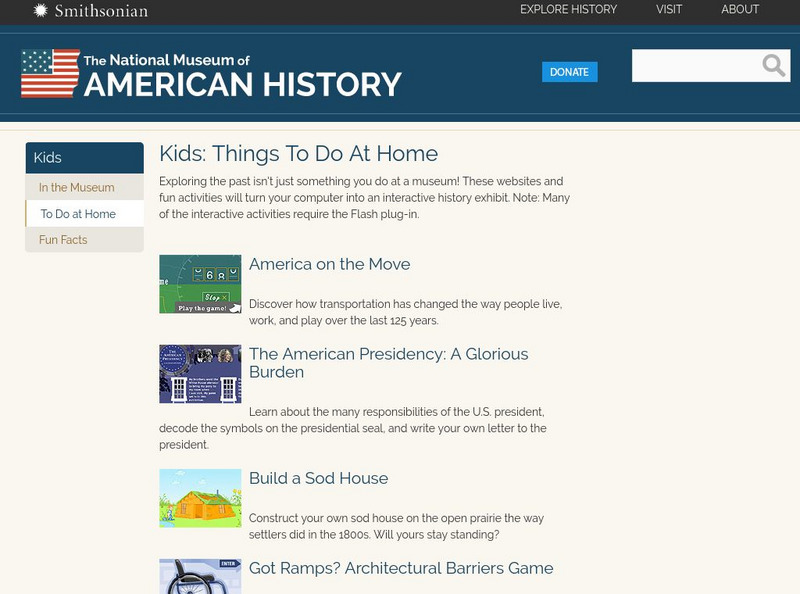Smithsonian Institution
National Air and Space Museum: Exploring the Planets: Early Discovery
This section of the exhibition gives the history of the discovery and study of space starting with the Greeks and Romans through to the early 1900's.
Science Museum, London
Science Museum Online Stuff: The First Flight
An excellent article about how Orville and Wilbur Wright's interest in flight developed and led to the first airplane flight.
University of California
Ucmp: Evolution: Theory and Science
An introduction to Darwin's theory of evolution with hyperlinks to other topics on evolution, including a timeline of evolutionary thought.
American Museum of Natural History
American Museum of Natural History: O Logy: What's the Big Idea? Paleontology
Snapshot reference on paleontology explains how the fossil record drives this area of science.
Smithsonian Institution
National Air and Space Museum: Exploring the Planets: Ancient Times & the Greeks
In ancient times only five planets were known: Mercury, Venus, Mars, Jupiter, and Saturn. Learn about Greek astronomer Ptolemy's theory for the solar system that was to survive for fourteen centuries.
Children's Museum
The Children's Museum of Indianapolis: Fireworks of Glass: The Art of Dale Chihuly
Explore the ancient process of glassblowing and the science behind the art. Students will create their own sculptures, plan installations, and study renowned artist Dale Chihuly.
Smithsonian Institution
National Museum of American History: Things to Do at Home
Families can come together through games designed to make history something fun and integral to family life. Build a sod house like prairie settlers did in the 1800s. Go back in time to visit five families that lived in the same house...





